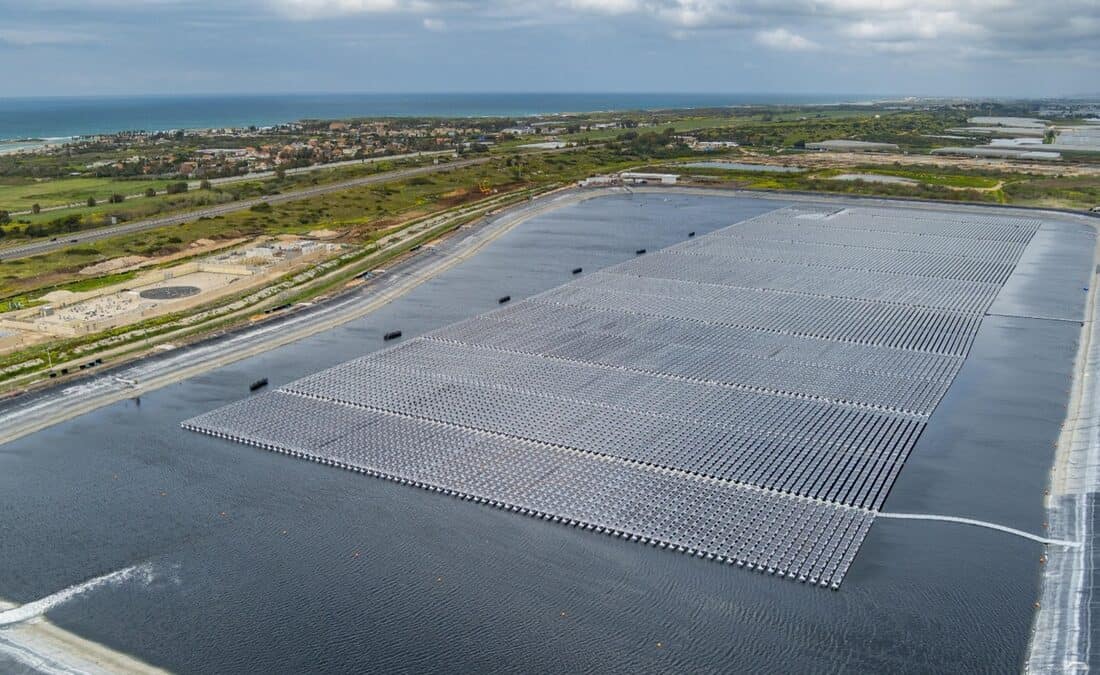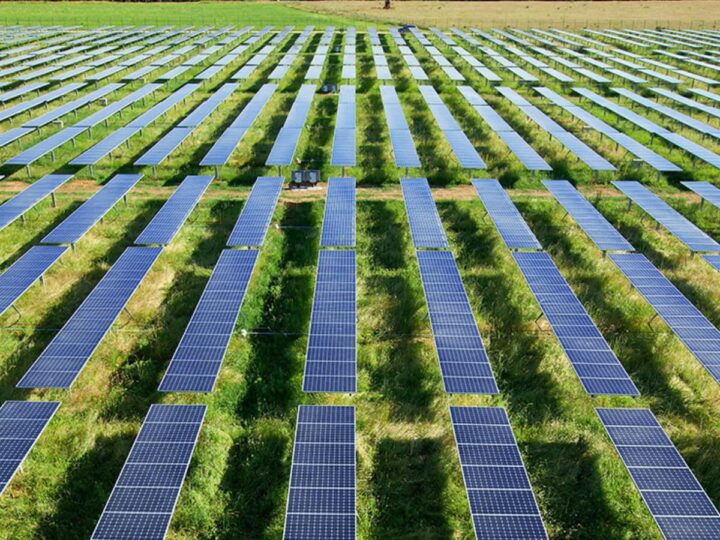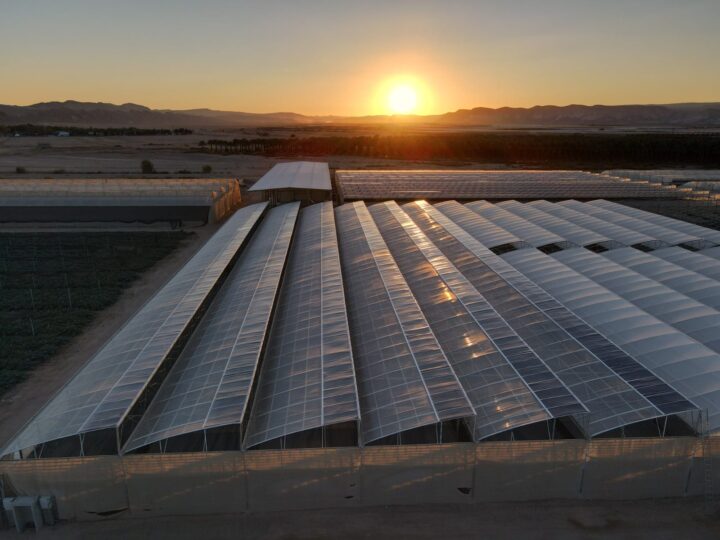When tech entrepreneur Ran Alcalay and his cousin, Avi, discovered a glaring flaw in photovoltaic (PV) solar energy technologies, they decided they must find a way to fix it.
The problem was quite simple to explain: Traditional PV tech cannot be fully utilized on bodies of water.
The cousins understood early on that water-based solar energy is the future, especially with developers running out of unused land for solar farms and setting their sights on maritime solutions.
The way of water
That is how the story of Xfloat began. Founded by Ran and Avi in 2018, Xfloat has managed to develop an innovative system that allows for navigation of solar panels on water to maximize their energy output.
“Using this [tracking] technology, we can generate up to 20 percent more energy per solar energy panel,” Ran tells ISRAEL21c, adding that this is what makes ground-based PV tech the most cost-efficient way to generate renewable energy today.
“You can slap a tracker on a panel, and it generates maximum energy via the same panel. This greatly lowers costs. On water, you couldn’t do that until now.”
Among the first investors in the company were the Israel Innovation Authority, Spanish water operator MIYA, tech giant Synergy and a group of private investors.
Xfloat employs 14 people, in addition to subcontractors. The employees include naval engineers — some of them Israeli navy veterans – as well as artificial intelligence and solar energy experts.
“The mechanism we’ve created is our intellectual property,” Alcalay says.
Nine months ago, Xfloat opened pilot water-based solar farms in northern Israel.
Generation B
Alcalay admits that Xfloat is not the first company to install solar panels on a body of water, but he describes the predecessors as “Generation A” in contrast to Xfloat’s “Generation B” smart farms.
“Unlike other utility-scale [renewable energy companies] that operate using ground-anchored engines, we utilize hydrostatics to create movement using controlled buoyancy tanks,” he says.
“Then, using a centralized water management mechanism, we can change the floating power of the tanks. The tanks alter their location and we track their movement to place the solar panels in the precise position [to get the panels to produce maximum energy].”
Xfloat’s pilot solar farms have already begun to generate energy commercially. “The simplicity of our mechanism allows for an easy expansion of the farms from pilot level to industrial scale — to generate hundreds of megawatts.”
The company also utilizes its data and AI professionals to control and manage the valuable information received from the pilot farms. “We developed all the data acquisition and processing mechanisms ourselves. As a result, we now have a pool of knowledge that no one else has.”
Alcalay adds that the steady diet of data teaches the system how to efficiently react to changing environments, such as wind loads. These types of systems already exist but are operating only on the ground. “We are the first to make it work on water.”
Hot commodity
The technology of floating photovoltaics (FPV) is now a hot commodity. Alcalay says that major renewable energy conglomerates are looking for promising companies in this industry to incorporate FPV into hydropower plants.
Hydroelectric energy at the moment is the most potent producer of renewable energy across the world — albeit not the cheapest — and specialists theorize that adding solar farms to hydroelectric power plants to operate on the same interconnected network would make the energy production much more efficient.
“We are working with major firms, trying to create pilots in the sphere of hybrid [hydro and solar] energy. What gives us the advantage is no one else has managed to create a smart [water-based] solar energy facility before.”
Third pillar
In the industry, FPV is called “the third pillar,” complementing PV tech and rooftop solar systems. FPV is currently the least cost-efficient of all three.
According to Alcalay, however, it’s a waiting game. He says that not only will this sector become an integral part of the hydroelectric field, but solar panel growth will eventually move toward the sea as available land becomes more scarce.
“FPV is not an alternative to the other two; it’s an additional tool for the energy-hungry market to generate more energy,” he explains.
Alcalay says the implementation of Xfloat’s mechanism would also add longevity to water-based solar farms “requiring minimum repairs,” which in the long run will also lower costs.
“With our technology and our expertise, we have an unprecedented opportunity to become the leading figure in this industry.”
For more information, click here.
















